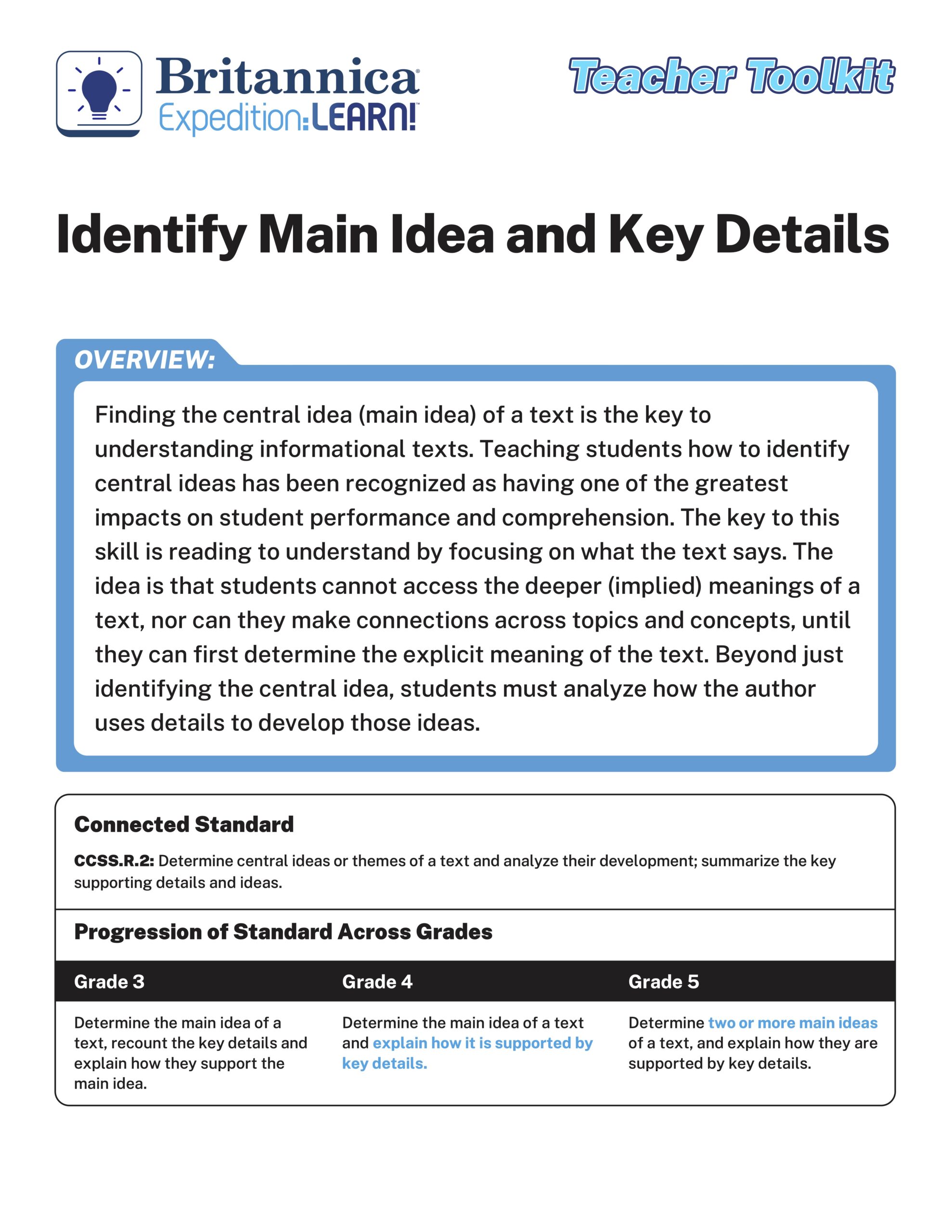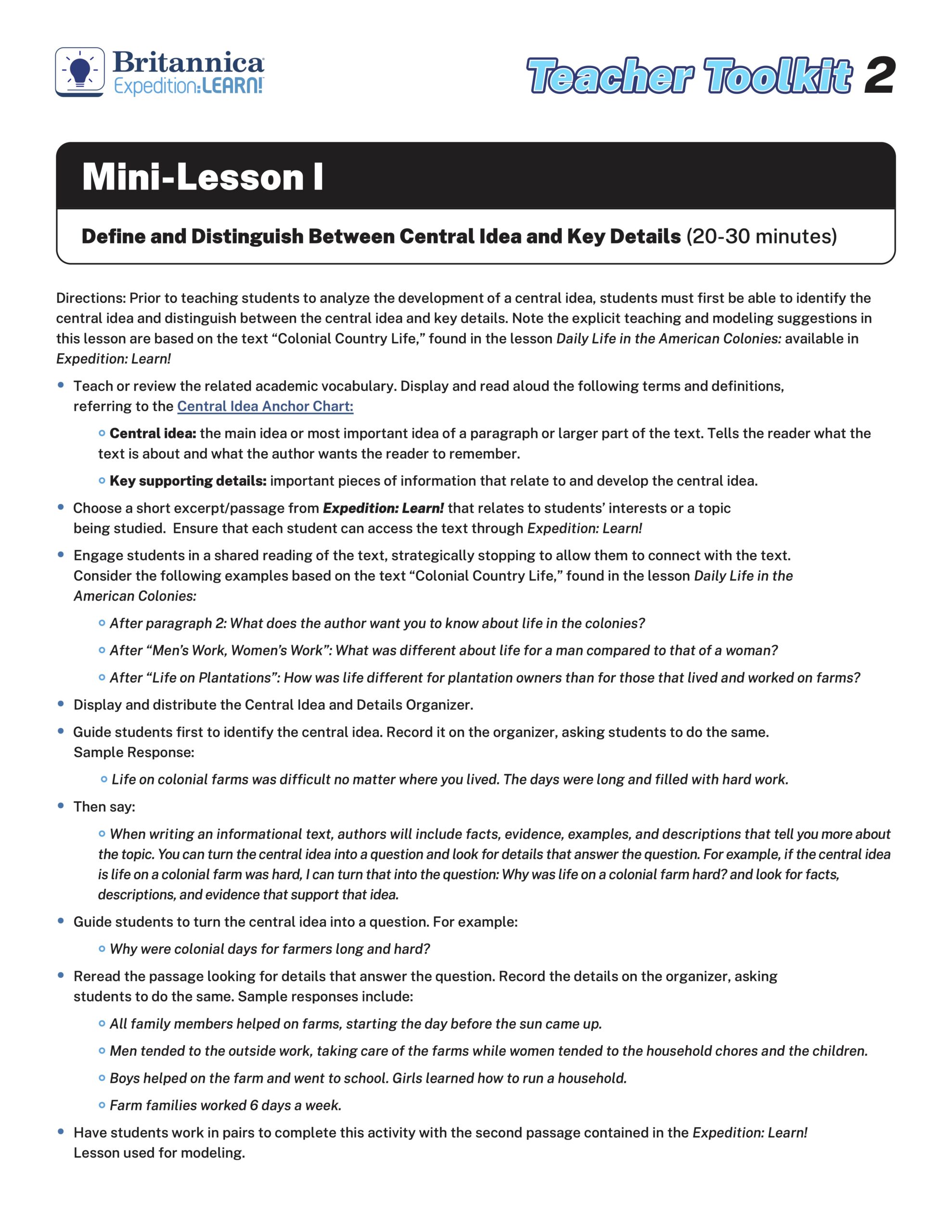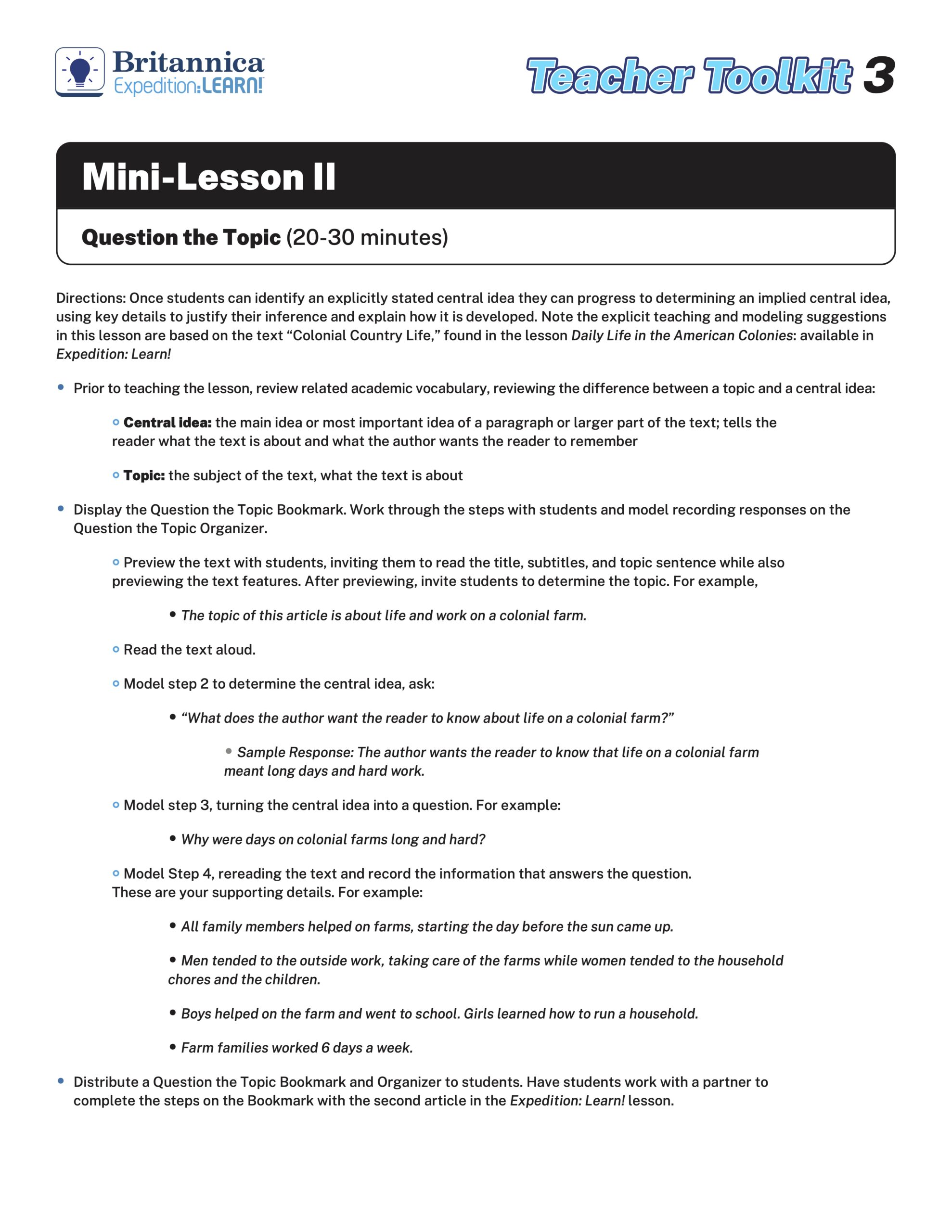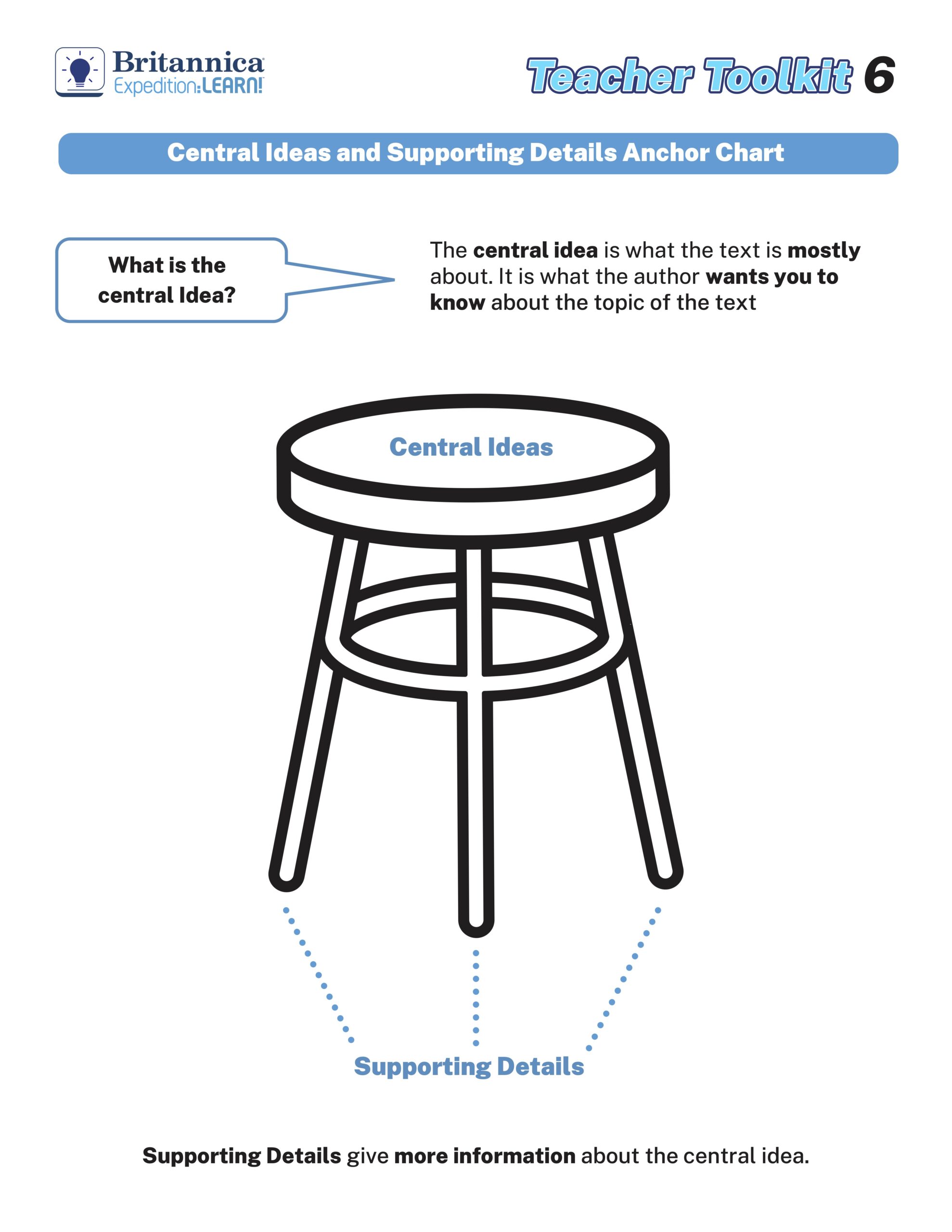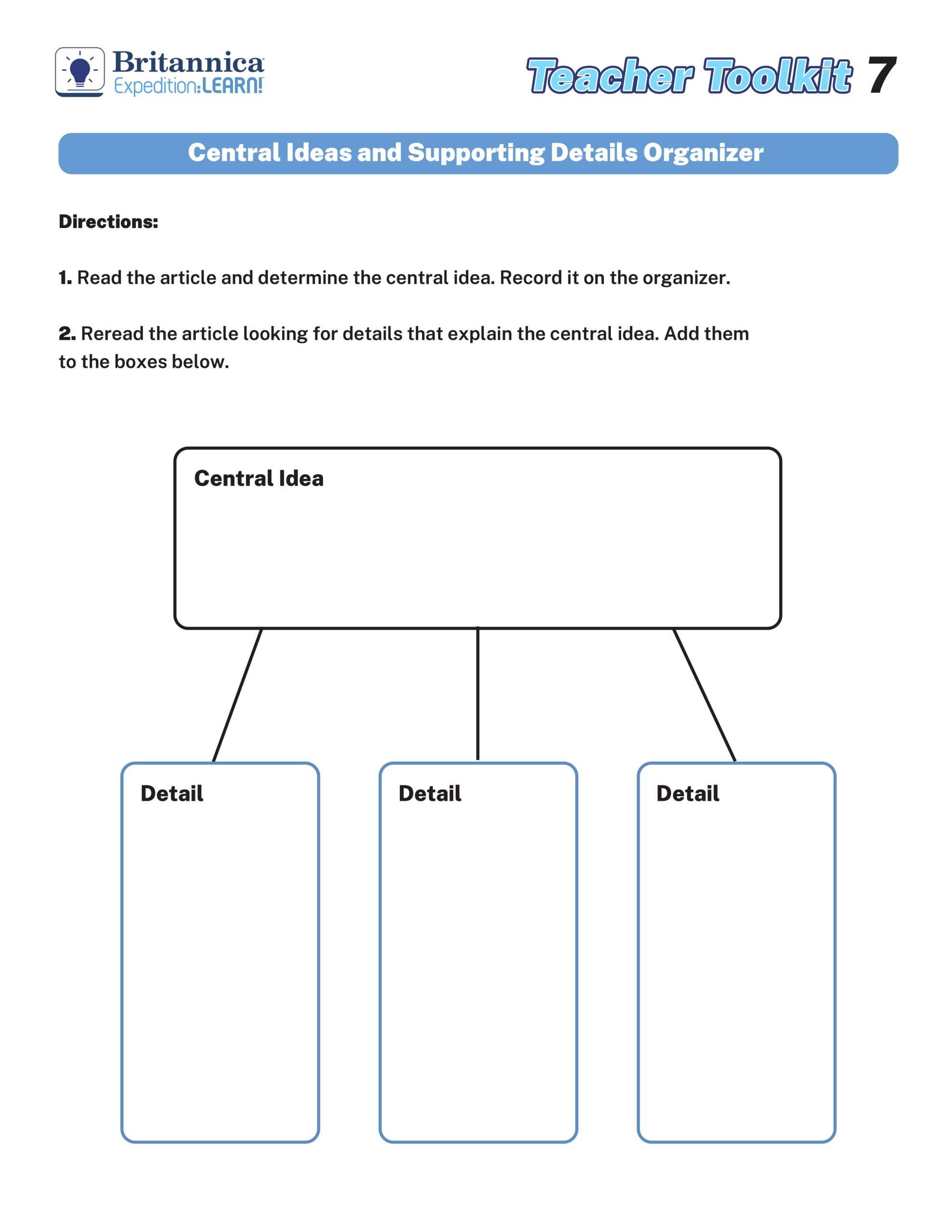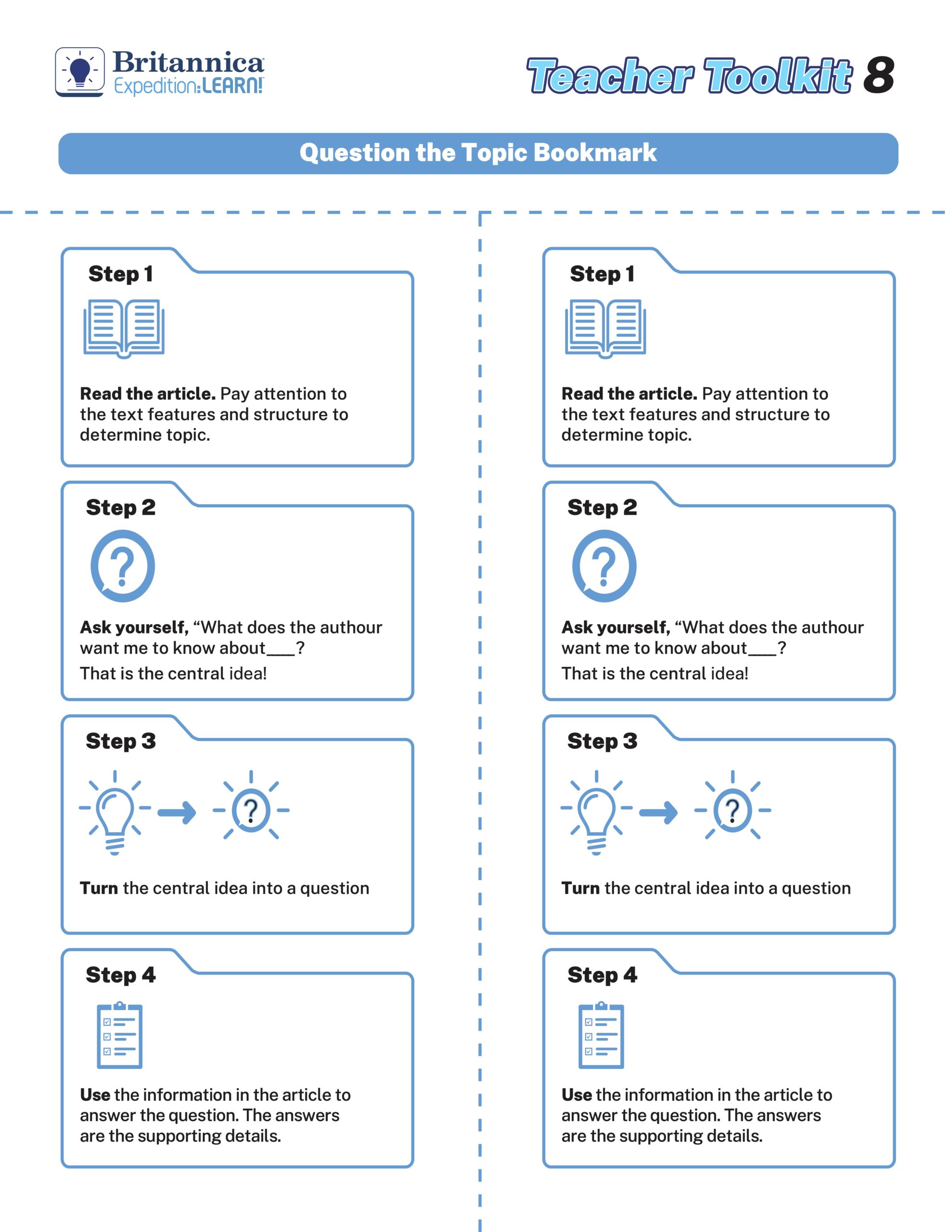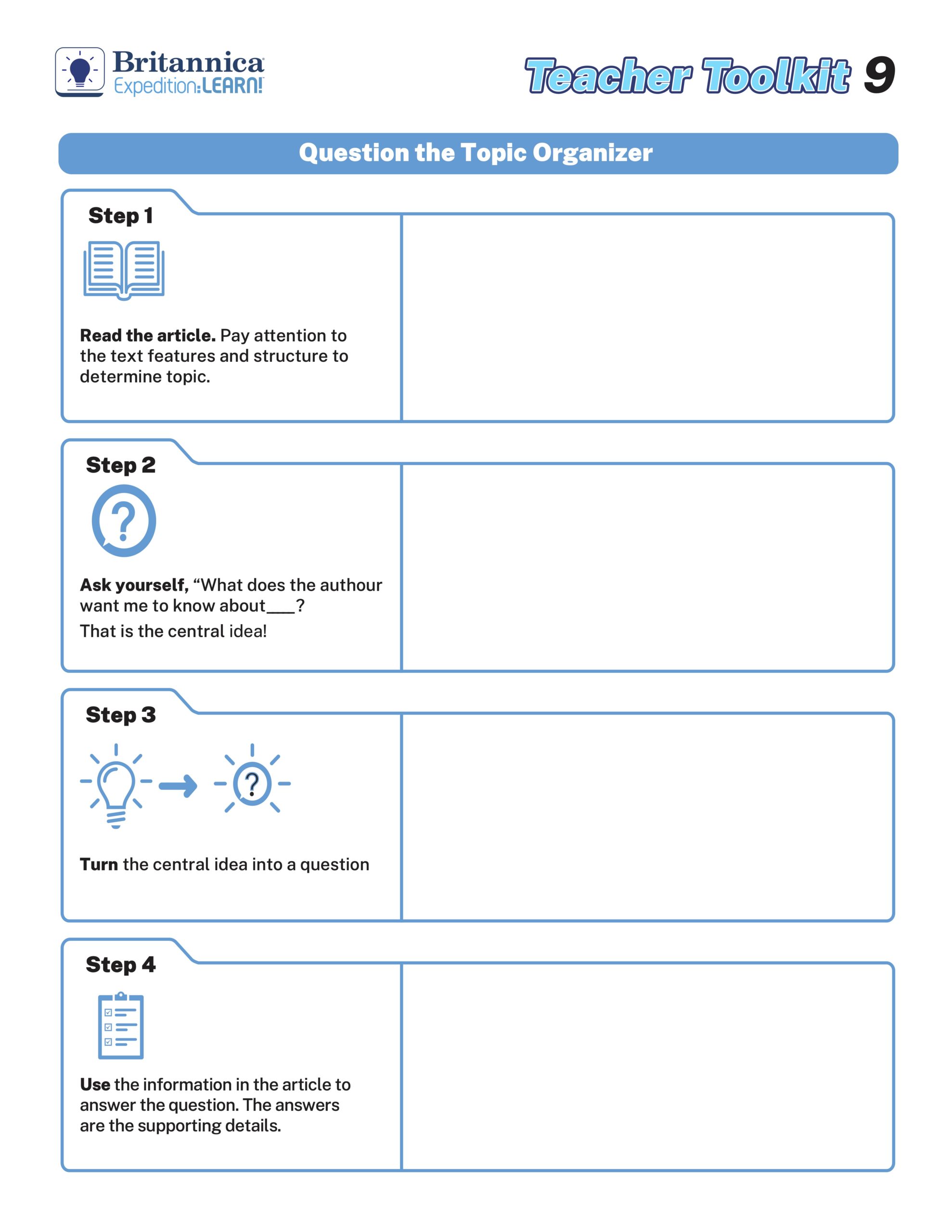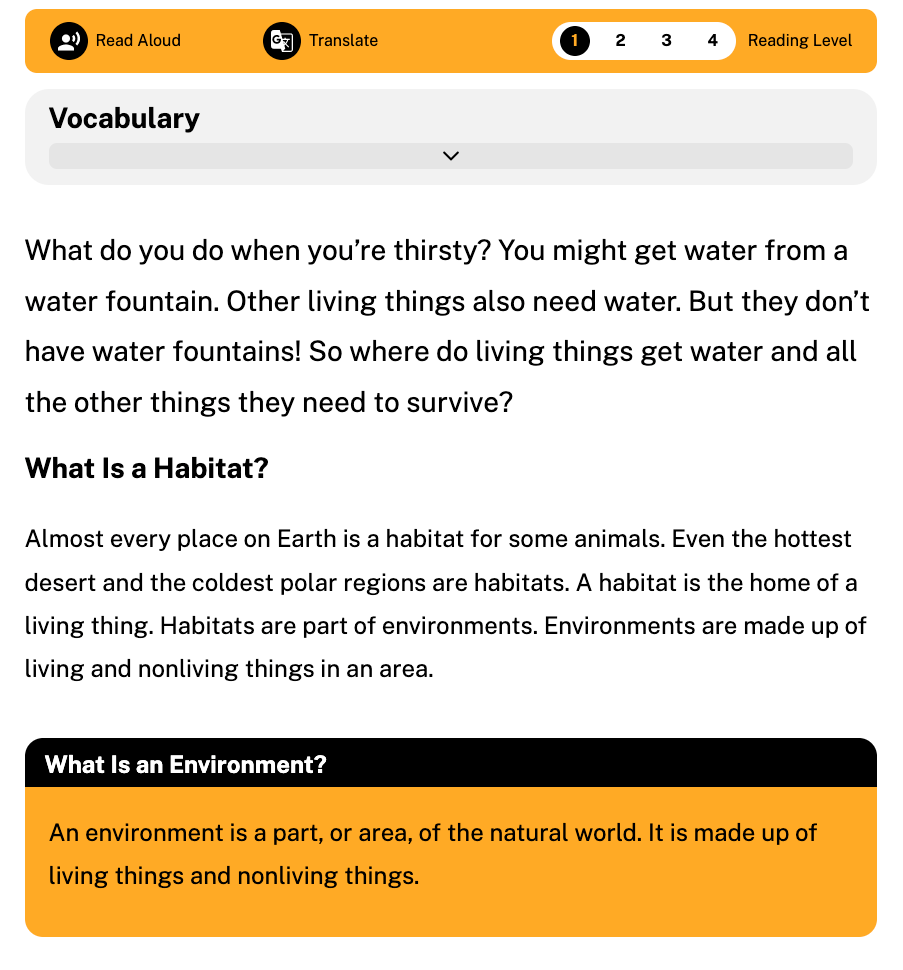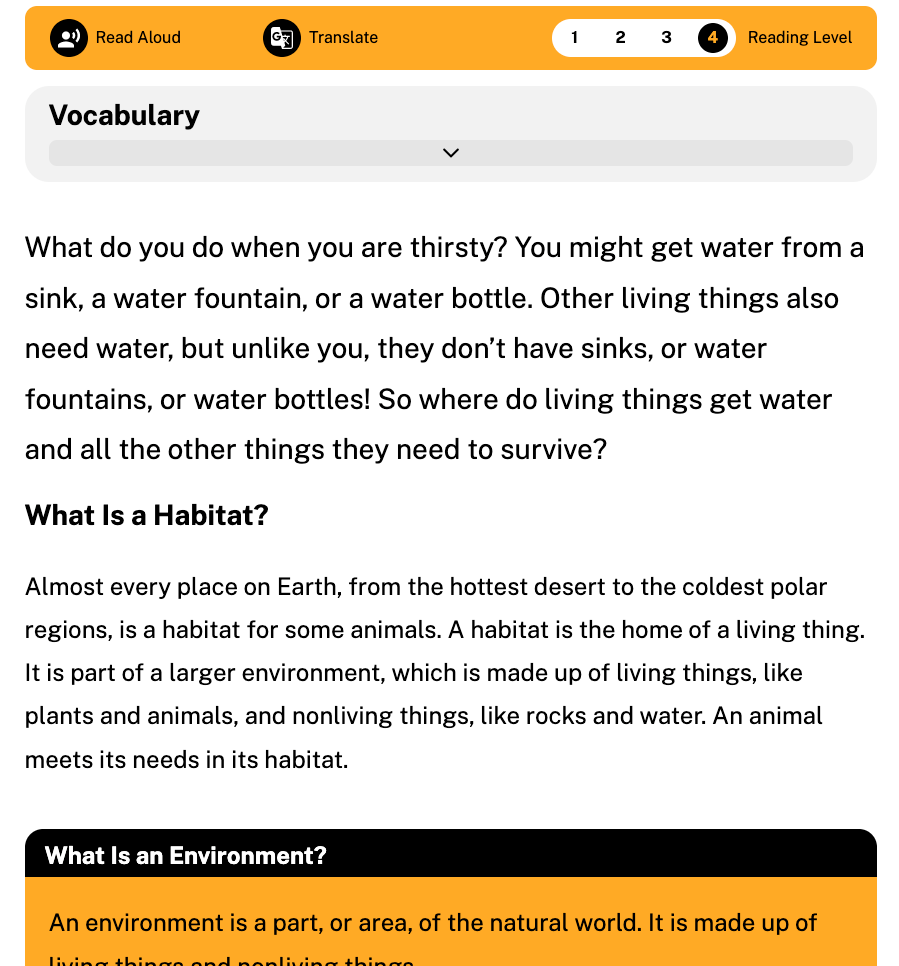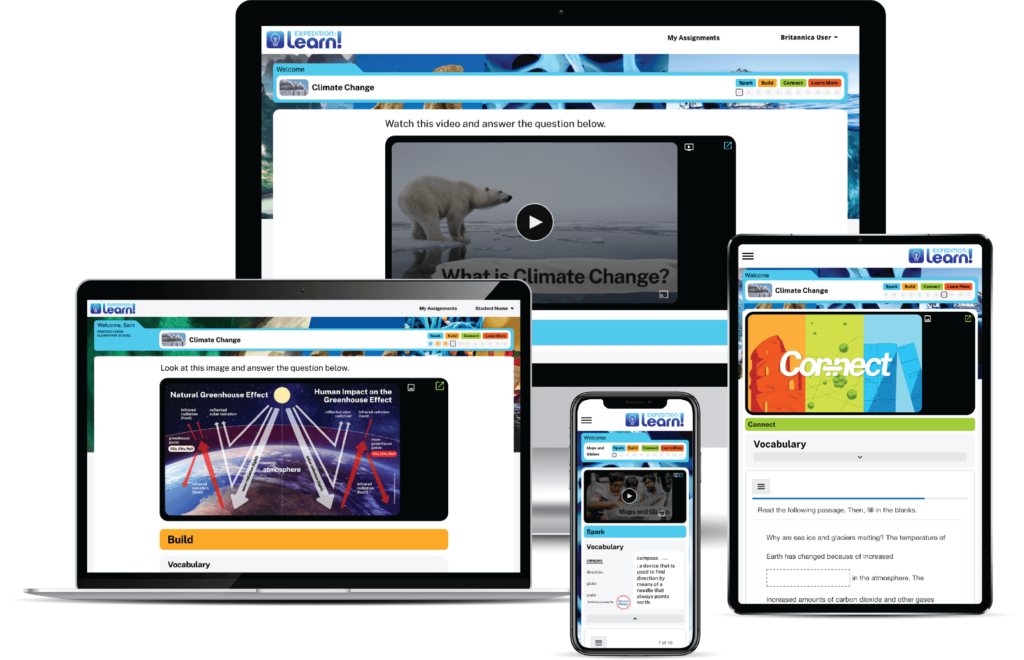Using images brings Black History to life, sparks discussion, and integrates media literacy into any lesson in your classroom. Activities centered on Black History offer students a different perspective to help them develop their understanding of the world. They also understand their own identity more fully and may be inspired to take a more active role in shaping our world. It’s important for students to learn history from multiple perspectives, especially those that aren’t embedded in traditional narratives, to better understand how our modern world has been shaped.
Schools and districts are challenged with addressing issues of equity, social change, and diversity. Instruction during Black History Month should both highlight the contributions of Black people throughout history and elevate Black History as an important part of American and World History. Britannica ImageQuest is working to ensure that our collections and images become more widely available for teaching and learning about Black History.
ImageQuest offers millions of rights-cleared images ready to be used in your classroom and around your school. There are several collections you can use to create high-quality lessons and activities during Black History Month:
- Africa Media Online – with images from indigenous photographers and photo archives, this collection tells a story of Africa through rich, breathtaking photography
- Press Association Images – this collection includes images promoting awareness of disability, race, gender, and education, spanning more than 100 years and including significant historical and political figures
- The Withers Collection – the collection provides comprehensive coverage of the United States civil rights movement during the 1960s through the lens of Dr. Ernest Withers
- Underwood Archives – these images offer a glimpse into America’s past, including thousands of images of politicians, entertainers, and other notables from the late 19th and early 20th centuries
Examples of ways to use the images in instruction
Images from these collections can support learning in numerous ways. Build presentations, activities, and lessons using these collections:
- To strengthen social-emotional learning skills
- To improve and promote critical thinking and media literacy
- To provide support to students through culturally responsive teaching practices
Example questions to spark discussion
When using images in the classroom, ask the following questions to prompt student thinking:
- What do you see, what do you think about this image, what do you wonder about the image?
- When and where do you think this image was taken? Why do you think this image was taken?
- What do you think is being represented in this image?
- What do you think is not being represented in this image?
- How does this image change or challenge your thoughts or perspectives?
- How could this image be manipulated to further incorrect narratives about Black history?
Click here to access these and more collections from ImageQuest. Or click here to connect with a Britannica representative to learn how to access ImageQuest in your school or district.








